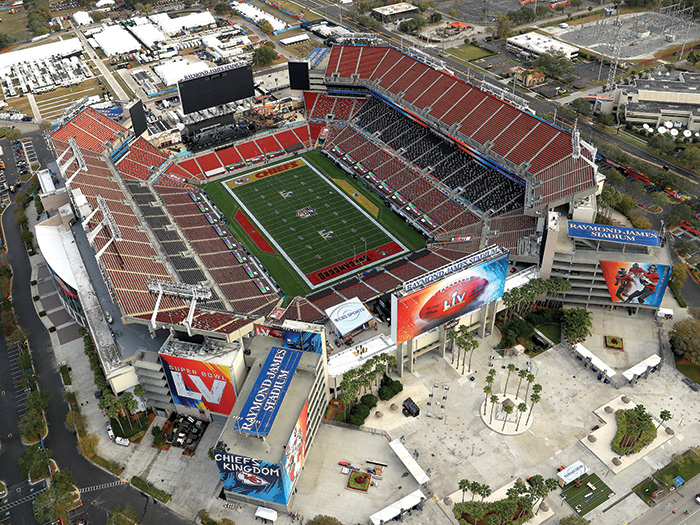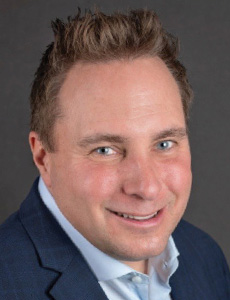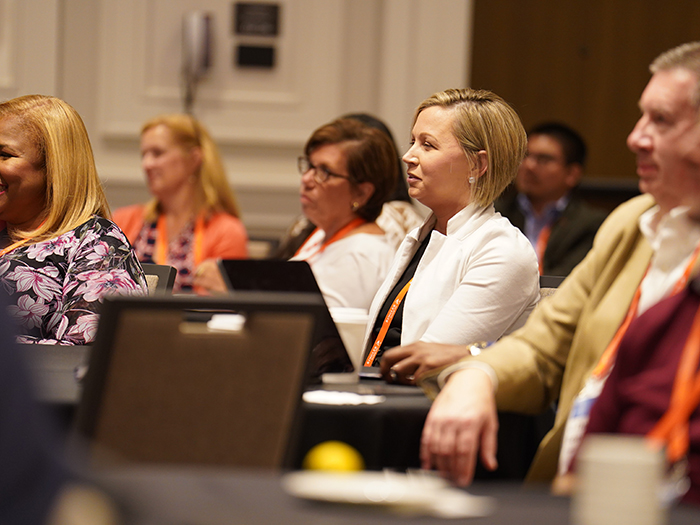Risk Mitigation in the Huddle: The NFL’s Tactical Approach to Reducing Player Injuries

It’s no secret that professional football has struggled to find insurers willing to underwrite its risks, particularly the risk of injury to players. Deeper understanding of chronic traumatic encephalopathy has left the league unable to insure against head trauma and, outside of state workers’ comp programs, only one carrier is willing to cover NFL teams.
Meanwhile, the players themselves are more capable of inflicting injury than ever. “Players are a lot stronger than they were in the ’60s, which means stronger impact, bigger injuries,” explained David Chmiel, SVP, national director claims North America, HUB International, who has 23 years’ experience in sports risk management.
“In order to write workers’ comp insurance, the team and/or league has to take on a great deal of financial risk, or it goes to the state fund.”
Moving the Goalposts
For its part, the NFL isn’t taking a passive stance. On the contrary: The league has undertaken extraordinary measures to protect its players and limit its risk.
“The NFL’s number one priority is the health and safety of our players,” an NFL spokesperson told Risk & Insurance. “While football — like every sport — carries risk, the NFL has been a leader on player health and safety and has made real strides in protecting players and making our game safer.”
What follows are just a few of the measures the NFL has rolled out in recent years to reduce the risk of player injury.
Rule Changes: Tackles are one of the main causes of player concussions and ACL tears; in response, the NFL has added penalties for helmet-to-helmet impacts and hits on defenseless players.
When a study of games played over two years showed that kickoffs made up 6% of all plays but resulted in 12% of concussions, kickoff rules were changed to reduce high-speed collisions.
The use-of-helmet rule going into effect this season sets new standards for initiating contact with another player, including to the torso or lower body.
And, beginning this fall, tripping is considered a personal foul, subject to both in-game penalties and off-the-field disciplinary action.
Better Equipment: The quest for better, more protective equipment never ends. Helmets in particular undergo continuous laboratory testing, and older helmet models are recalled when it’s determined they no longer stack up against the evolving standard.
Based on laboratory findings, a quarterback-specific helmet will be made available for the first time in 2023, offering more customized protection against the expected locations and speeds of impact.
Concussion Protocols: While every reasonable measure is taken to prevent concussions from happening, the game of football will always include a certain degree of risk. The NFL’s concussion protocols guide medical staff as they diagnose and treat player concussions, and stipulate when a player must be pulled from the field.
These concussion protocols are agreed to by both the league and the NFL Players Association’s health and safety committee. The latest proposed update eliminates a loophole that could allow an injured player to return to the field if their instability is determined to be caused by something other than a concussion.
Access to Care: According to the NFL, there are at least 30 health care providers present at a stadium on any given game day. These medical personnel — including independent neurologists — are present at games to treat injured players and provide expertise on whether they should be cleared to play.
In fact, all 32 NFL team stadiums are now equipped with x-ray machines capable of scanning players up to 650 pounds and returning results in a matter of seconds; these results can be forwarded to a hospital should a player need additional treatment there. At least two teams — Cincinnati and Dallas — have MRIs on site.
Research: Trying to understand and treat injury doesn’t end with equipment. The league and the Players’ Association continue to fund research into concussions and pain management in an effort to better care for players.
This summer, they announced two grants that total more than half a million dollars, which will be used to explore new post-traumatic headache treatments and mindfulness-based interventions.
But the list goes on — improved playing fields, education campaigns, and post-career health and benefits programs are just a few more of the ways the NFL and its Players Association are attempting to reduce the riskiness of the game.
The Game Plan

David Chmiel, SVP, national director claims North America, HUB International
For HUB International’s David Chmiel, an NFL team’s secret risk management weapon is its head athletic trainer. As in any organization, it’s the frontliners who turn policy into reality.
“In my role as a risk manager, from a claims standpoint, I manage injuries for leagues,” Chmiel said. “I work with the Indoor Football League and several other minor leagues. My weekly call is to a head athletic trainer so I can take that information back to an adjuster and adjust the claim. They’re a conduit of information for me all season long.
“If I twist my ankle coming out of a hotel on a sales trip, I can still do my job with a laptop in a hybrid role,” Chmiel continued. “But an NFL quarterback can’t. So you can’t adjust claims for sports like you do other things. It’s totally different … The trainers are really valuable to make sure these claims reach fruition and close quickly. And once they understand the essence of workers’ comp, they become [crucial in] managing these claims.”
As for the NFL’s risk mitigation efforts, “I firmly believe they’re doing the best they can, pulling in the best experts from equipment to field, making sure new fields are done properly and so forth,” Chmiel said. “I think they’re doing a phenomenal job.” &










